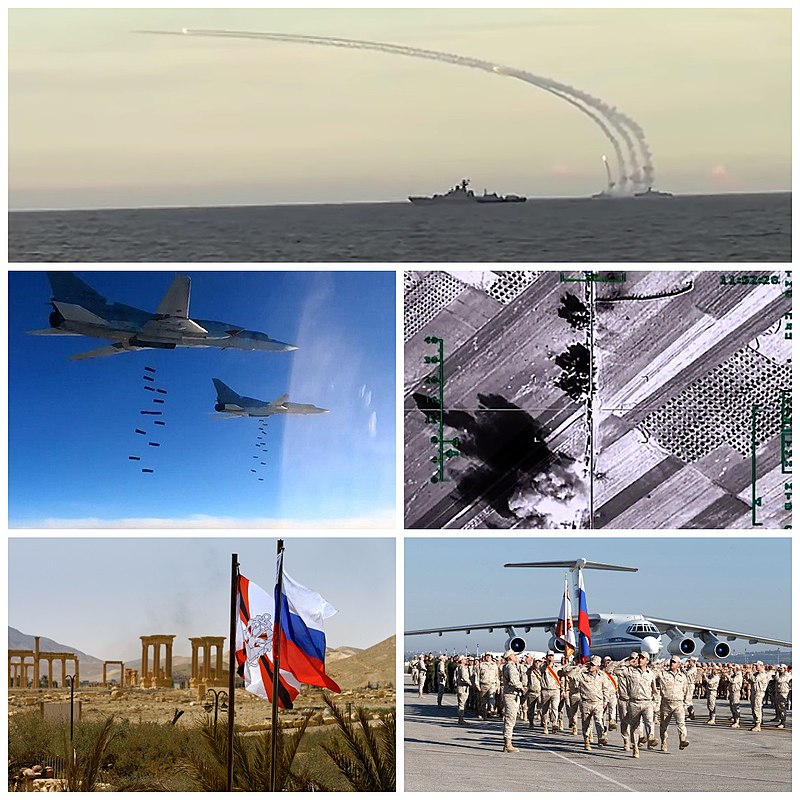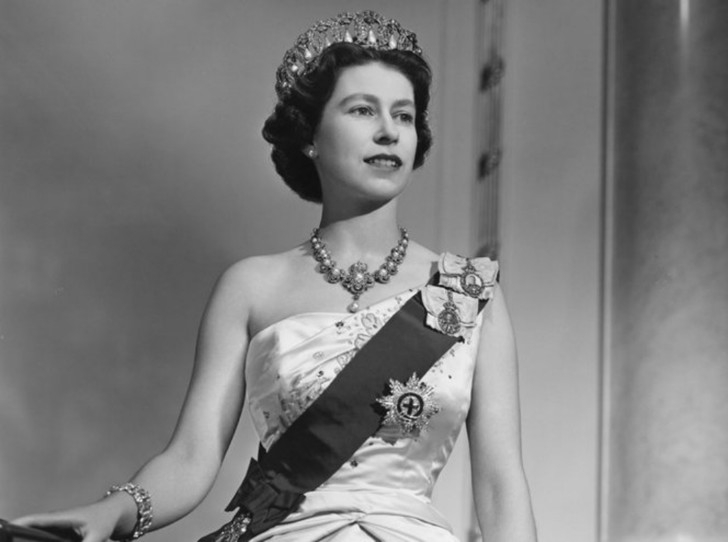
Aleppo on fire. Russian aviation activity
Syrian Aleppo, August 2016. Islamist quadcopter footage showing the aftermath of government artillery and Russian aerial bombardments. Photo Internet
Despite the announcement of the reduction of the military contingent in Syria, Russia's intervention has not been limited - on the contrary. Aircraft and helicopters of the Aerospace Forces of the Russian Federation are still active, playing an important role in the conflict.
On March 2016, 34, President Vladimir Putin announced that the next day the Russian aviation contingent in Syria would be reduced, which should be associated with the completion of all tasks. The first group, Su-154s led by Tu-15s, took off on schedule on 24 March. A day later, the Su-76M with the Il-25 as the leader flew away, and then the Su-76, also accompanied by the Il-30. Some sources also said that the Su-XNUMXCM were also bred, which, if true, would mean there were more than four in Chmeimi.
Su-25 squadron (all attack aircraft - 10 Su-25 and 2 Su-25UB), 4 Su-34 and 4 Su-24M were withdrawn from the Khmeimim base.
The squadron consisted of 12 Su-24Ms, 4 Su-34s, as well as 4 Su-30SMs and 4 Su-35Ss. In view of the real weakening of the aircraft component, the helicopter component was strengthened, which was discussed in more detail in the July issue. Another reduction occurred in August, when 4 Su-30SMs left the Chmeimim base.
On August 10, information appeared in the media that the Chmeimim base would be used indefinitely. This means that the Russian side has acquired an important enclave from which it can influence the situation in the region. Of course, forcing a weakening Assad to establish a permanent base is presented as a stepping stone for the Aerospace Forces to carry out operational activities that contribute to ensuring security in the region (stabilization and counter-terrorism missions).
Operational activities of tactical aviation
The reduction of the Russian contingent turned out to be in some sense apparent - ground and helicopter forces, on the contrary, did not decrease. As for the aviation component, in fact, part of the forces was withdrawn, which subsequently forced the Russian side to reach out to tactical and strategic aviation stationed on the territory of Russia, and even - by the way - Iran.
The reduction of the "winged" aviation component had no military justification and was a political decision. President Vladimir Putin said that the Russian military operation in Syria was successful and the set goals were achieved (sic!).
The goals that were supposed to be achieved by reducing the Russian military contingent in Syria can be outlined as follows: to change its perception not as typically militant, but as peace-loving, carrying out a humanitarian mission, enforcing peace and fighting only Islamist extremism; reduce the logistics and financial costs of operations; reduce internal social tension in a country where there is no full support for intervention; maintain a military presence in the region, in numbers determined in accordance with political needs.
In mid-June, Defense Minister Sergei Shoigu visited the Khmeimim base in Latakia. The minister inspected the air defense and security units, inquired about the life and living conditions of the personnel. He paid special attention to the technical staff and pilots of combat aircraft.
Although the truce between the United States and the Russian Federation formally went into effect on February 27, it did not last long. This ceasefire did not include a suspension of attacks on the Islamic State and the Nusra Front. The fighting against these terrorist organizations was carried out by the Syrian government army, the Russian Air Force and a coalition led by the United States. In May, sorties intensified significantly.

